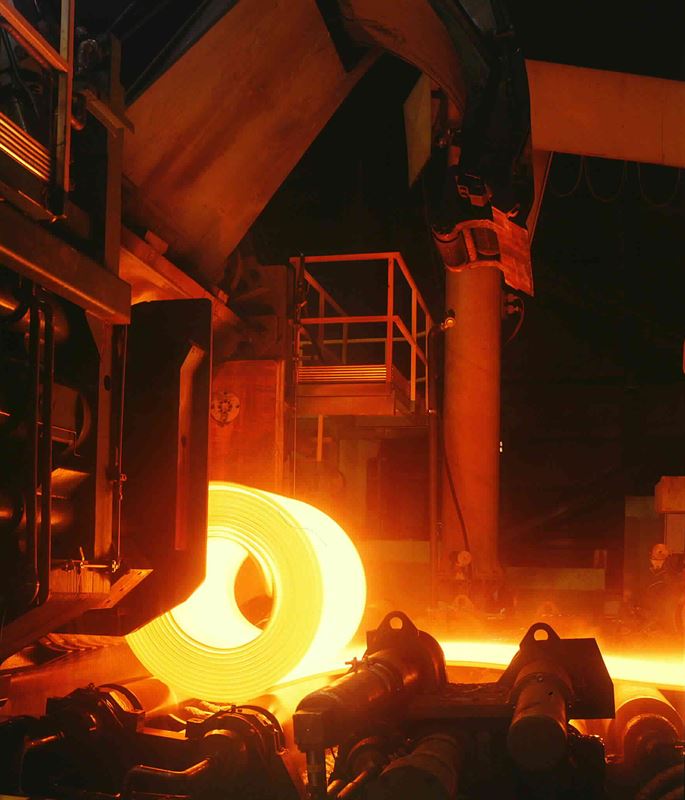SSAB is improving safety at work with the help of AI

"We aim to become the world's safest steel company. We strive for zero tolerance for all workplace accidents and occupational diseases. By now, we have already used the easy safety measures, such as the requirement to wear a helmet, so now we wanted to go a step further. AI enables us to find the hidden reasons causing accidents,” says Harri Leppänen, Head of Environment, Health & Safety at SSAB.
SSAB employs around 15,000 people in approximately 50 countries. Using analytics enriched by the tireless AI, as well as predicting situations leading to accidents are invaluable aids in decreasing the accident frequency rate.
"When combining occupational safety data with AI, the essential thing is that tasks which would be practically impossible for humans are delegated to the software. An application will be able to mine and analyze large amounts of data tirelessly and quickly and to identify previous, similar accidents. It combines phenomena, it can be used to find accident risks and correlations, for example, the most accident-prone places at a factory. It also allows for new viewpoints in basic reporting, such as at what time of day or which day of the week accident proneness is at its greatest," says Kirsti Laurila, Head of Analytics at Sofor.
Laurila stresses that where a human can over time find, for example, the crane and forklift accidents from a mass of data, NLP (Natural Language Processing) can be used to analyze free text and to find common factors in accidents.
The first phase of the project has focused on SSAB’s operations in Finland and Poland. However, globally-operating SSAB uses 24 different working languages. AI can translate and combine all languages in the analysis – in this way the entire contents could be utilized.
Media contacts:
Atte Kaksonen, SSAB Corporate communications,
atte.kaksonen @ ssab.com, phone +358 50 3143 634
Category and tags
